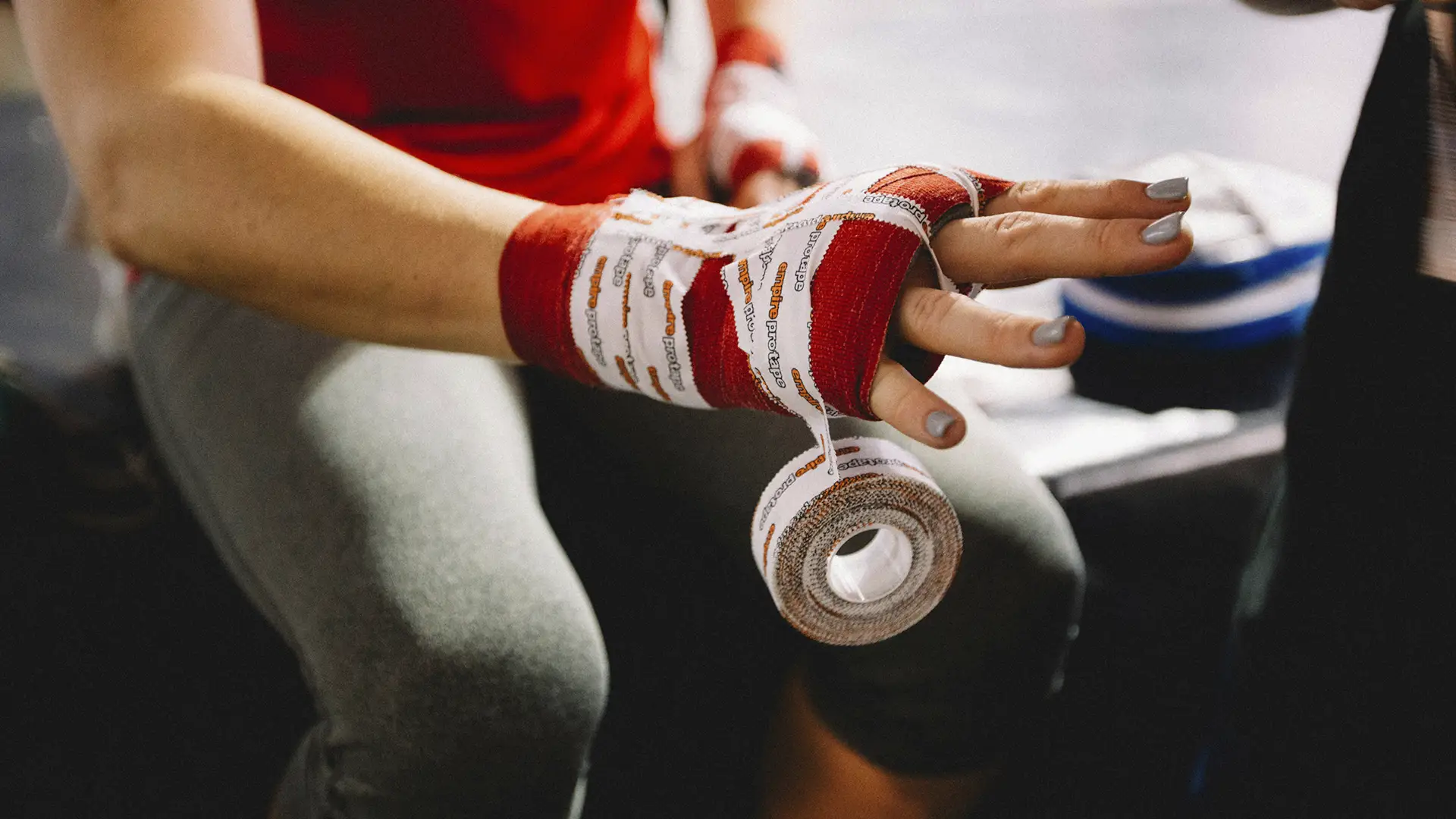When we think of elite athletes, we often picture intense training sessions, competition, and pushing the body to its limits. But what many don’t realize is that the science of recovery is just as important—if not more important—than the training itself. In fact, it’s how athletes can continue to perform at their peak, day in and day out, without risking injury or burnout. Whether you’re an aspiring marathon runner, weekend warrior, or just interested in the world of sports, let’s dive into what recovery really means and how the pros stay on top of their game.
The Balance Between Training and Recovery
Recovery is more than just taking a rest day; it’s a critical part of the athletic cycle that involves a lot of science and strategy. When an athlete trains, they’re essentially creating tiny tears in their muscles and stressing their cardiovascular and nervous systems. The magic happens when the body repairs these tears, building muscles stronger and better adapted to the demands placed on them.
But here’s the catch—without adequate recovery, that repair process never gets to finish. The body becomes overworked, and injuries can start to creep in. The idea is simple: train hard, recover smart. When athletes strike this balance, they see the best gains in performance. But what exactly does “recover smart” mean?

Key Components of Recovery
Athletes employ various methods to help their bodies bounce back from the strain of training. Here are a few core pillars of recovery that allow athletes to stay at the top of their game:
Sleep: The Ultimate Recovery Tool
We’ve all heard the phrase, “Get your eight hours!” But for athletes, it’s even more crucial. During sleep, especially deep sleep, the body releases growth hormones, which help repair muscles and tissues. In fact, many elite athletes, like LeBron James and Roger Federer, prioritize getting up to 10 hours of sleep during heavy training periods. This downtime isn’t just about shutting off mentally; it’s when the body gets to do its most important recovery work.
Nutrition: Fueling the Recovery Process
You’ve probably heard the saying, “You are what you eat,” and for athletes, this couldn’t be more accurate. Post-workout nutrition is vital for repairing muscle damage and replenishing energy stores. Carbohydrates help restore glycogen levels, while protein is essential for muscle repair. Many athletes also include antioxidants to reduce inflammation and promote quicker recovery. Foods rich in omega-3s, like salmon, or those packed with vitamins C and E, like berries and leafy greens, play a big role in reducing oxidative stress.
Active Recovery: Moving to Heal
While it might seem counterintuitive, sometimes the best way to recover isn’t lying on the couch all day. Active recovery—low-intensity exercise like walking, swimming, or cycling—helps improve circulation, bringing oxygen and nutrients to muscles while flushing out waste products like lactic acid. Many athletes incorporate yoga, stretching, or foam rolling into their recovery routines to maintain flexibility and reduce stiffness.
Cold Therapy: Ice Baths and Cryotherapy
You’ve probably seen athletes on TV taking the dreaded ice bath or heading into cryotherapy chambers. While it might look like pure torture, cold therapy is an effective way to reduce inflammation and speed up recovery. The cold constricts blood vessels and decreases metabolic activity, which helps numb pain and reduce swelling. Once the athlete steps out of the cold, the re-warming process promotes better blood flow, which helps heal damaged tissues.
Massage and Physical Therapy: Targeted Recovery
Massage isn’t just a luxurious treat—it’s a serious recovery tool for athletes. Sports massages help to break down scar tissue, improve blood flow, and relieve tight muscles. Regular sessions can prevent injuries and keep athletes feeling flexible and mobile. On the flip side, physical therapy is crucial for managing and preventing injury. Physical therapists often guide athletes through tailored recovery programs, making sure their bodies are aligned and functioning optimally.
Mental Recovery: The Often Overlooked Component
It’s not just the body that needs recovery—the mind plays a massive role in athletic performance too. Stress, anxiety, and mental fatigue can sap an athlete’s energy just as much as physical exertion. Mindfulness, meditation, and visualization are common tools used by athletes to stay mentally sharp. Taking time to recharge the mind ensures focus and resilience when they step back into competition.
The Importance of Individualized Recovery Plans
One of the key insights from modern sports science is that no two athletes are the same, and recovery isn’t a one-size-fits-all solution. Factors like age, genetics, training intensity, and sport specificity all play a role in shaping recovery protocols. Elite athletes often work with a team of coaches, nutritionists, and therapists to design recovery plans tailored to their unique needs.
Take marathon runners versus sprinters, for instance. While both are runners, the demands on their bodies are completely different, meaning their recovery needs vary too. A marathoner might focus more on carbohydrate replenishment and longer rest, while a sprinter might prioritize explosive strength recovery with protein-rich diets and ice baths.
Conclusion: Recovery Is the Secret Weapon
While training gets all the glory, recovery is the unsung hero that allows athletes to stay on top of their game. From sleep and nutrition to cold therapy and mindfulness, recovery is a complex science that keeps bodies healthy and minds sharp. Whether you’re a pro or just getting started, incorporating these elements into your own routine can make all the difference. After all, the best athletes don’t just work hard—they recover smart.








































Leave a Reply